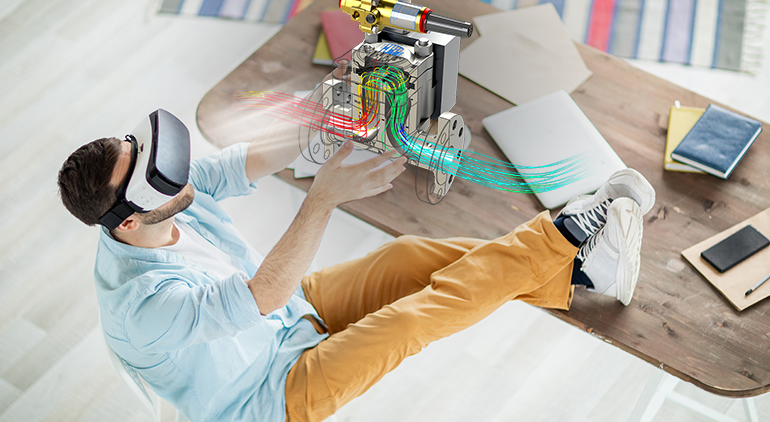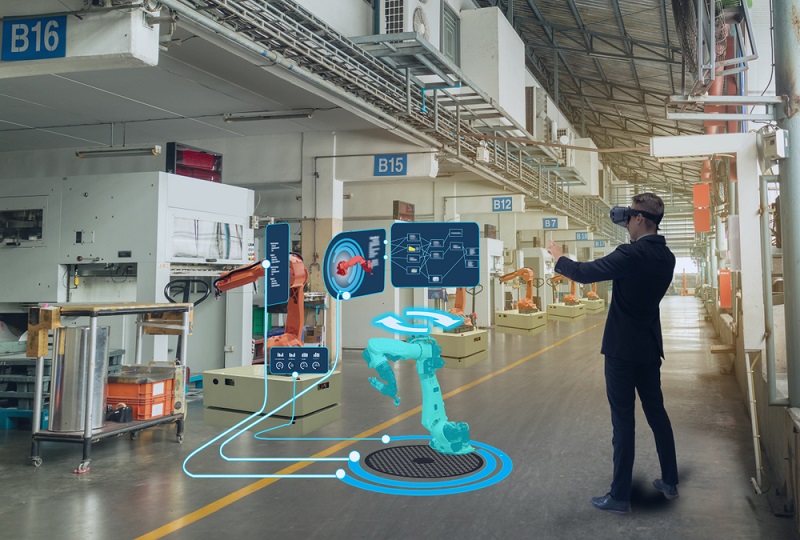
Last updated on : July 29th, 2021 by R Yadav
Virtual Reality Labs provides a wide array of solutions for engaging the students in more hands-on educational methods. Before diving into the benefits that VR poses for engineering education, let us take a look at some global numbers.
Going by the market trends, this is largely fuelled by the need for remote education amid the pandemic. This could sustain into the future due to the accessibility and enhanced functionality that VR has exhibited currently. Let us understand the viability of virtual reality in engineering education.
Applications around the world have shown 6 crucial benefits from the students’ standpoint. We will list these down initially before understanding some use cases.
Now that the benefits have been elaborated on, let us take a look at some examples of how this can be achieved.

To get a better understanding of how the benefits stem from VR, let us look at a core concept of Engineering and the feasible VR alternatives to teaching those concepts.
According to research by the University of Detroit Mercy, undergraduate students faced difficulties learning the basic laws of thermodynamics. Misconceptions arise among students pertaining to heat, energy, isothermal processes, cyclic process, and rate and amount among a plethora of others. NCEES has estimated student performance to be between 40% and 65% when it comes to Thermodynamics. So how does VR address this?
Let us take the example of a Jet Engine. It is a practical, industrial application of thermodynamics on a holistic level. Let us understand how VR familiarizes students with the intricate sciences and the paramount variables in between. VR can sport a scientifically accurate 3D model of a jet engine. This sort of accuracy is difficult to obtain in a traditional environment of rote learning.
Virtual engineering education addresses the central issue of the limitations of diagram-based classroom learning. It also engages the students in a more meaningful manner, thus polishing the overall excitement associated with the learning outcome. Now that the students are happy, let us conclude by understanding how this benefits the institution.
The gross enrollment for higher education in India is 26% according to Financial Express. This points to a need for infrastructural enhancement. Financial Express also estimates that unemployability looms large among the 1.3 Million engineers graduating annually in India. This can be a result of minimal experience when it comes to the application of academics into real-world situations. This is where virtual reality comes in.
By enhancing student motivation, permitting experiential learning, promoting actual tech use and exploration, and by encouraging active participation, VR can definitely amplify understanding and application of core engineering concepts, paving way for better equipped and smarter graduates.
When it comes to the application of virtual reality in higher education, we take the lead. Our groundbreaking tech and innovative applications are simply game changers in this business.
Please Read Also: Virtual Reality vs. Augmented Reality: What's the Difference?